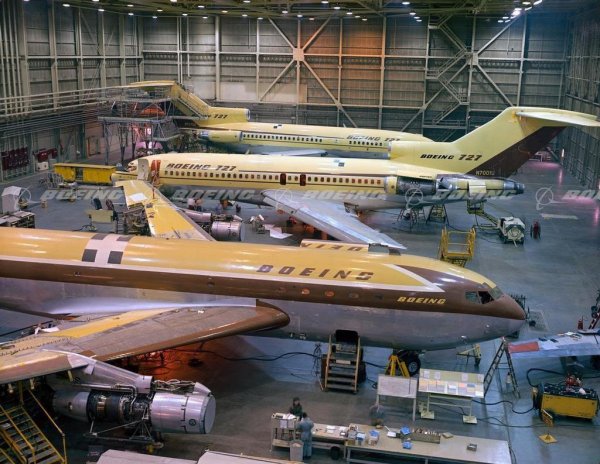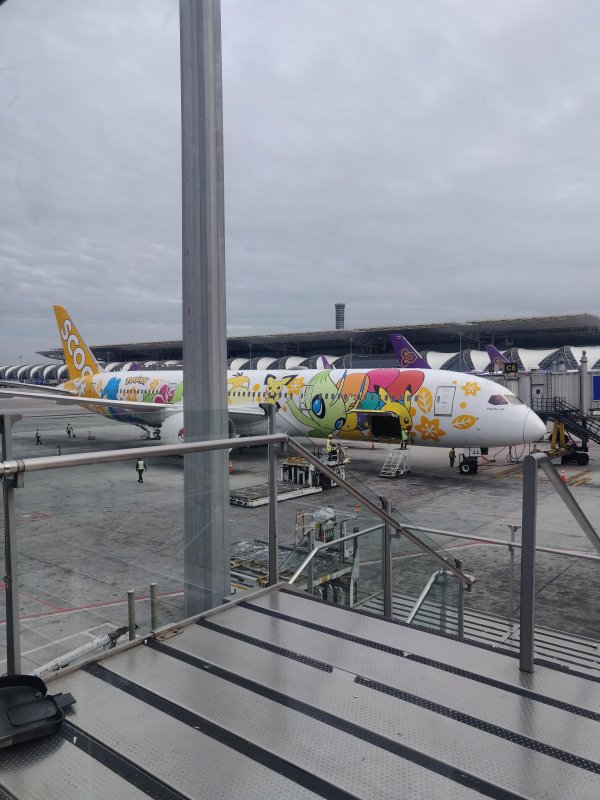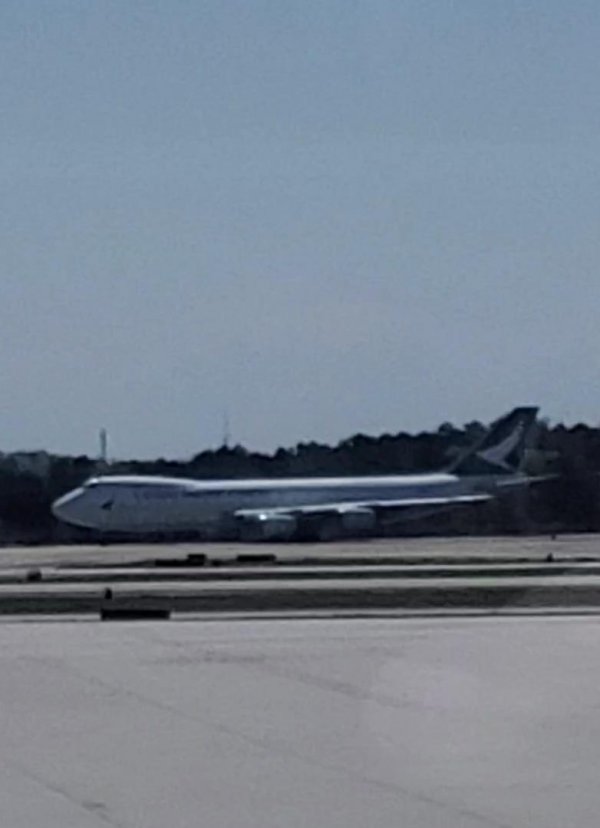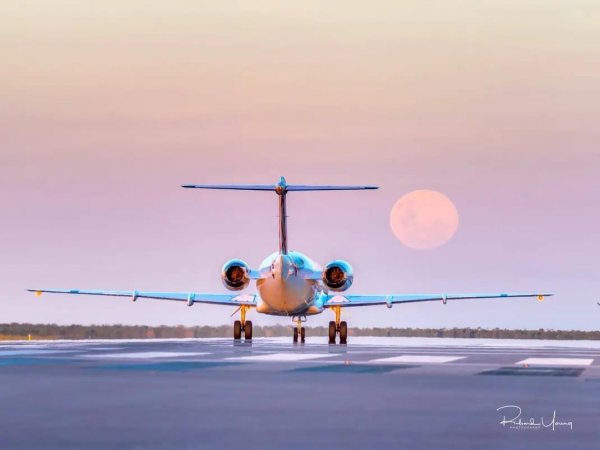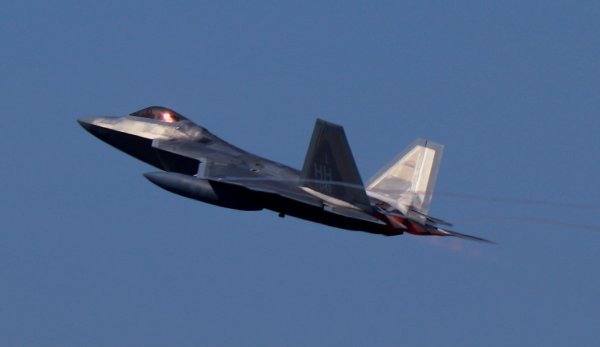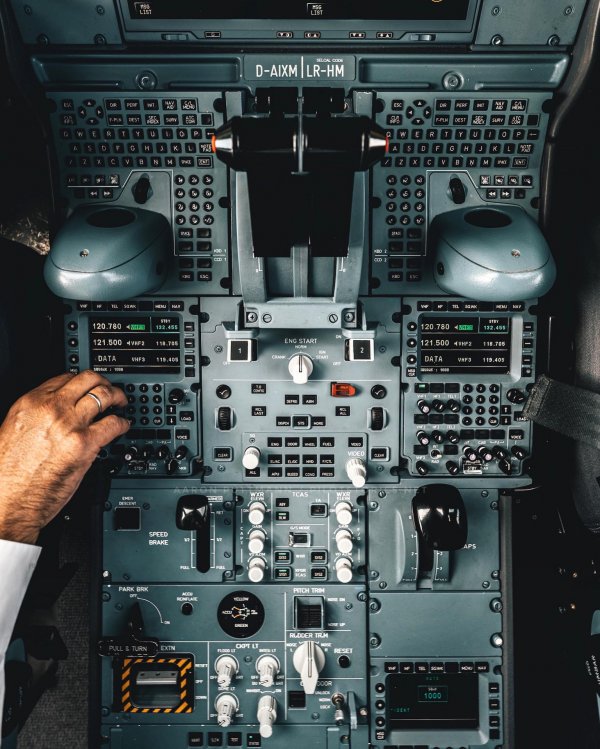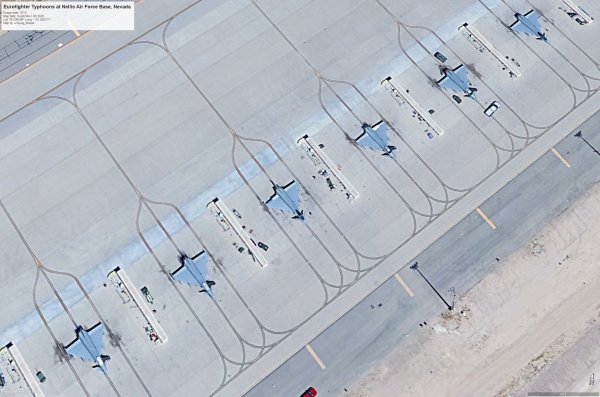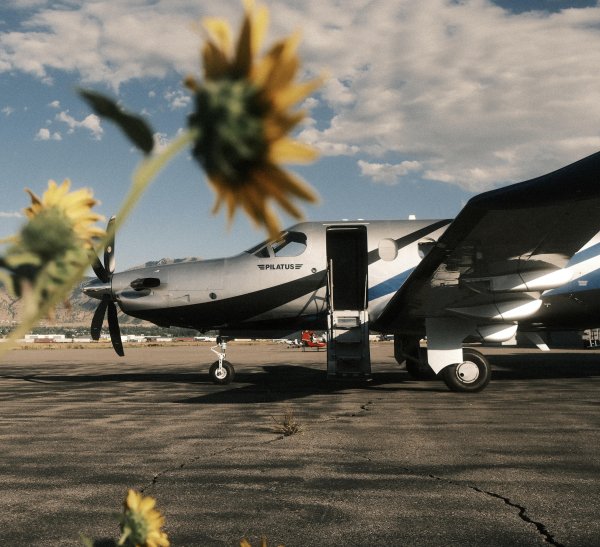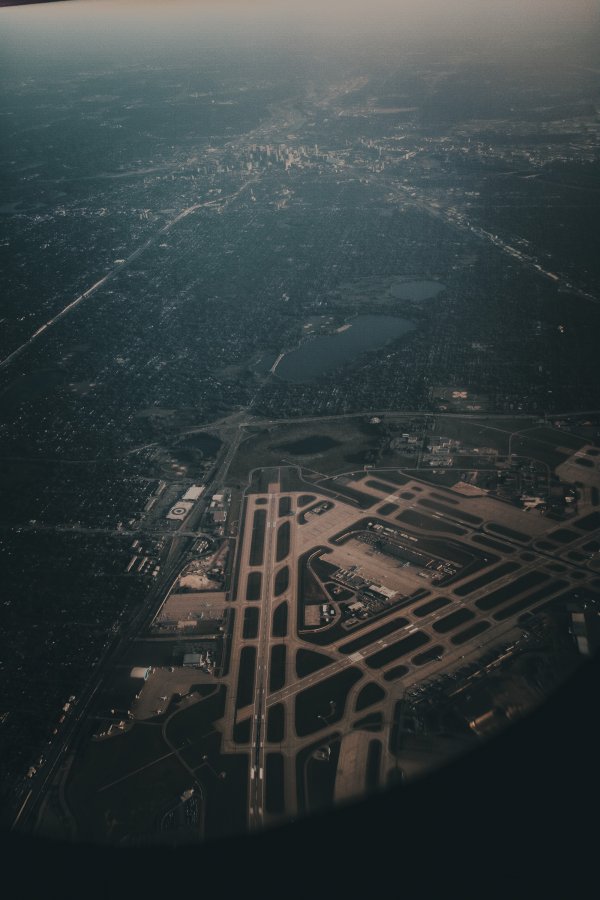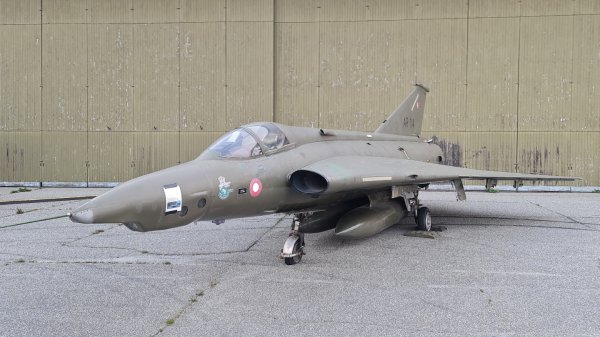Dash 80 and 727s in Boeing Hangar
The first 727 rolled out Nov. 27, 1962, bearing the same lemon-yellow and copper-brown color scheme as the Dash 80. To help spur sales, Boeing sent a 727 on a 76,000-mile tour of 26 countries. Originally, Boeing planned to build 250 of the planes. However, after being shown to the world, they proved so popular (especially after the larger 727-200 model, which carried up to 189 passengers, was introduced) that a total of 1,832 were produced at the Renton plant. The 727 was the only Boeing-built trijet in its time. It was designed to operate out of small airports with shorter runways than were used by 707s. The 131-passenger trijet also was the first Boeing commercial jetliner to use an auxiliary power unit (APU), a small gas turbine that eliminated the need for ground power or starting equipment at small airports when the main engines were shut off. All 727s carried self-contained, hydraulically operated stairs, which, combined with the APU, could make the airplane independent of ground equipment. The 727 jet also was built as a freighter and as a ''quick change'' version, which airlines could convert from a passenger transport to a freighter, or a combination of both, as they chose.
